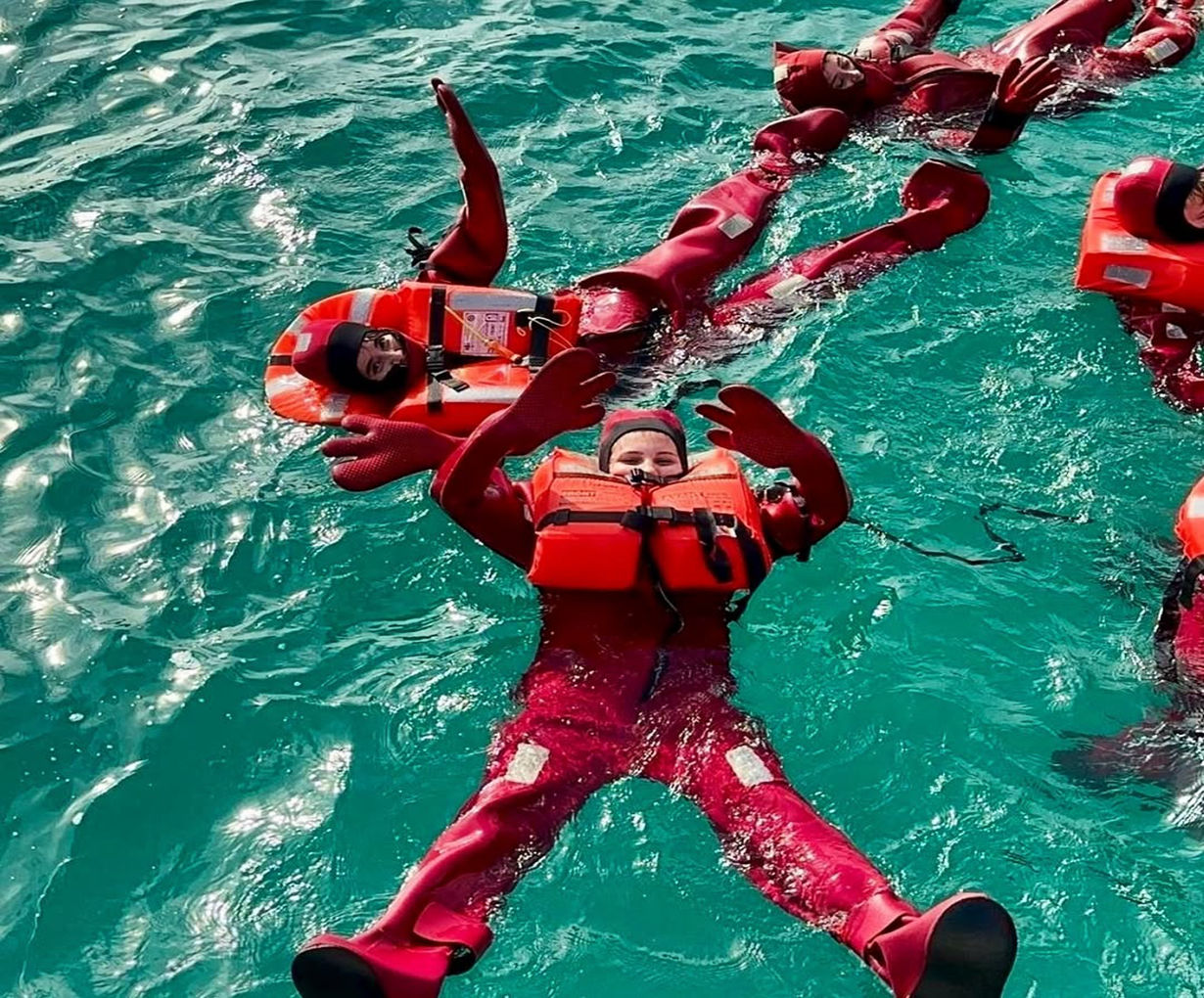
Hermetic Waterproof Zippers: The Critical Seal for Immersion Suits
When commercial divers descend to 100-meter depths or rescue teams battle storm surges, their immersion suits serve as the ultimate survival shield. At the heart of these suits lies an unassuming yet technologically advanced component: the hermetic waterproof zipper.
This article unpacks the engineering behind waterproof zippers and their non-negotiable role in immersion protection, while optimizing content for SEO visibility in marine safety and PPE industries.
1. Why Waterproof Zippers Are Immersion Suits’ Lifeline
Immersion suits must maintain core body temperature and prevent drowning in cold, hazardous waters. As the suit’s only opening, waterproof zippers deliver:
- Absolute Sealing: Zero water penetration even under prolonged submersion
- Emergency Accessibility: Rapid donning/doffing during critical operations
High-performance zippers withstand deep-sea pressure, salt corrosion, thermal shocks, and abrasion. Failure is catastrophic—maritime safety studies attribute 23% of immersion suit failures to zipper leakage.
2. Technical Breakdown: Engineering the Seal
Multi-Layer Protection System
Modern hermetic zippers integrate redundant sealing:
- Dual-Tooth Interlock: Outer/inner teeth create overlapping physical barriers
- TPU Core Seal: Thermoplastic polyurethane expands under pressure to fill micro-gaps
- Storm Flap: Diverts water away from the slider path
Advanced Materials Science
| Component | Key Properties | Performance Advantage |
| Corrosion-Resistant Teeth | Saltwater immunity, high tensile strength | 10+ year service life |
| Flex-TPU Core | Elasticity at -40°C, self-repair | Ice-cold reliability |
| Laminated Tape | Laser-welded, non-porous | Eliminates stitch leakage |
Laser-welding technology bonds zippers to suit fabric at molecular level, removing needle-perforation risks.
3. Certifications & Testing: The Proof Standard
Immersion suit zippers require rigorous validations:
- EN 14225-2: Zero leakage after 30 mins at 2m water pressure
- UL 1123: ≤30N operating force post -30°C freeze
- ISO 22442: 500-hour salt spray corrosion resistance
Testing involves hyperbaric chambers simulating 300m depths. Only zippers passing all extreme trials earn marine safety certifications.
4. Selecting Zippers: 5 Critical Factors
Choose immersion suit zippers based on:
- Environment Rating: Depth/temperature/salinity compatibility
- Glove Operability: Designed for bulky cold-water gloves
- Visibility: ISO-compliant colors (International Orange/Yellow)
- Durability: ≥20,000-cycle lifespan validation
- UV Resistance: Tropical sun exposure stability
Pro Tip: Apply silicone-based lubricant quarterly to prevent salt crystallization.
5. Future Innovations
Next-gen waterproof zipper tech includes:
- Smart Sealing Sensors: Microchips detecting seal integrity breaches
- Self-Healing Polymers: Microcapsules auto-repairing abrasions
- Magnetic Sliders: One-handed, sub-second closure
- Eco-Materials: Bio-TPU & recyclable alloys reducing carbon footprint
